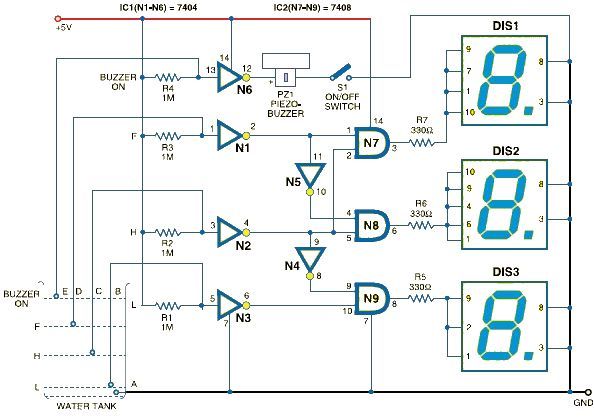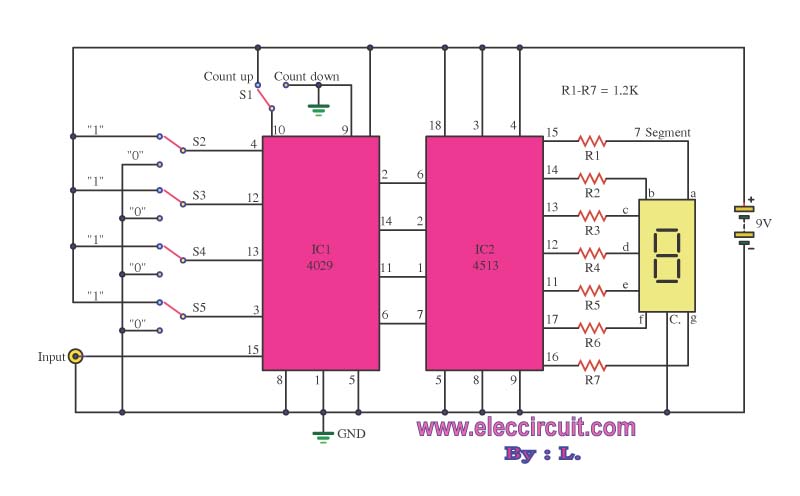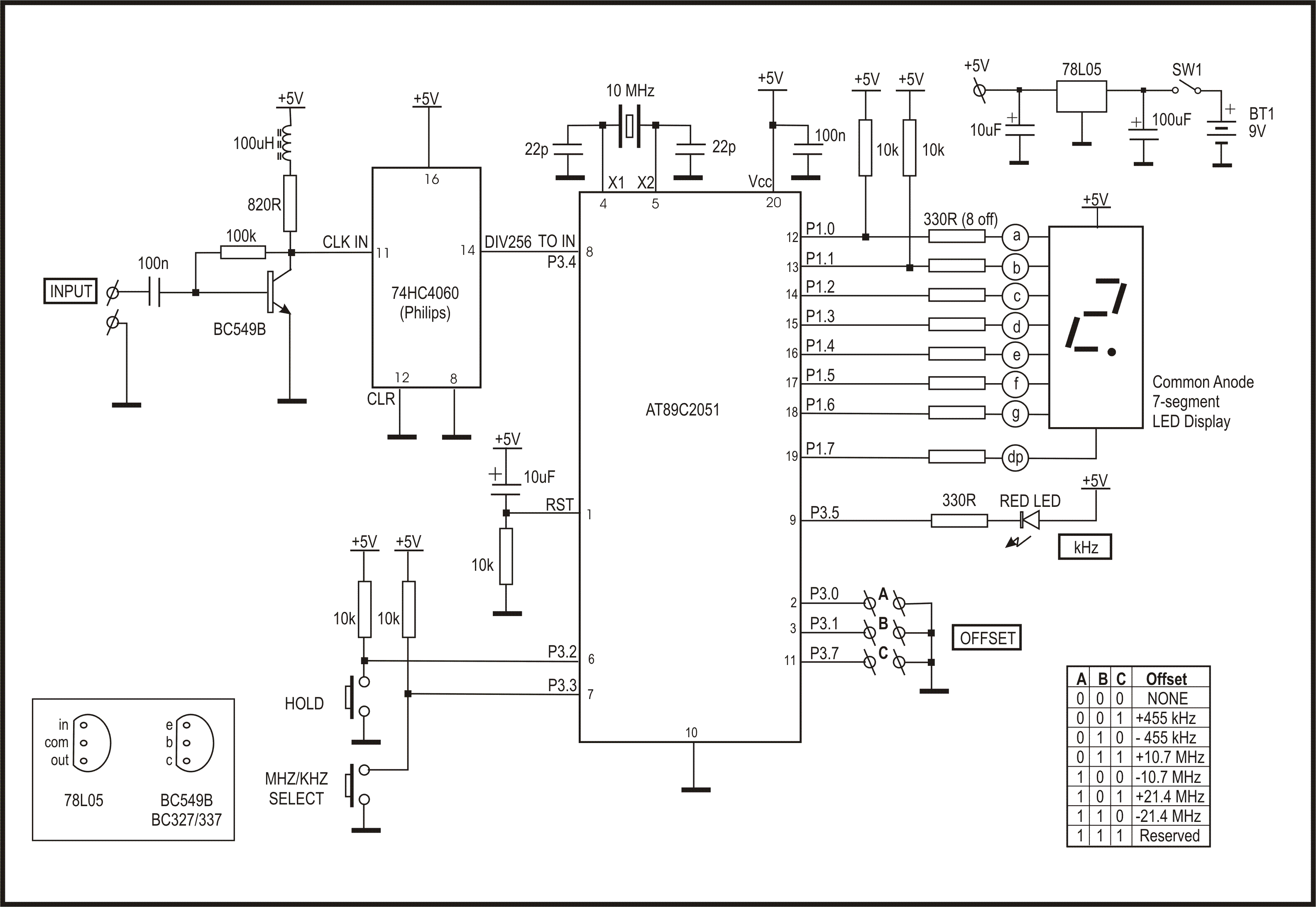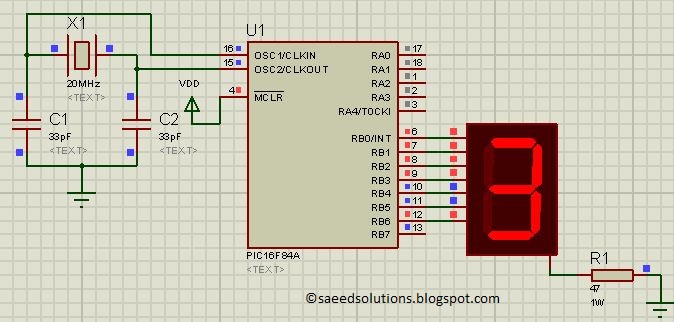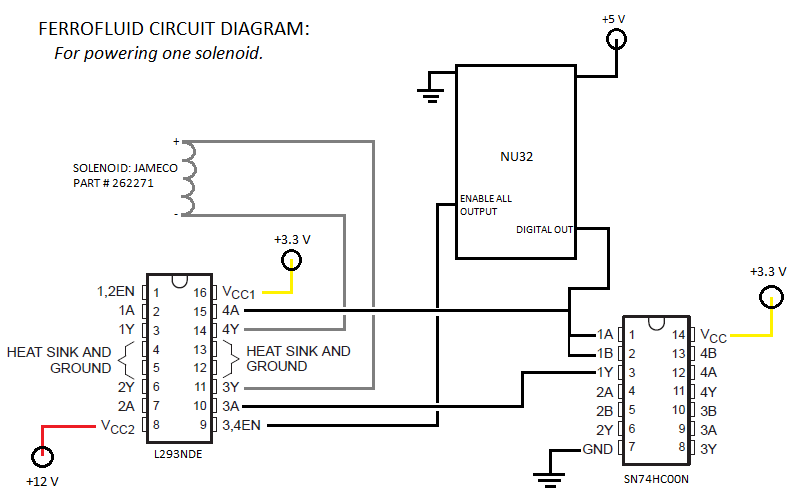
Bubble display proof of concept
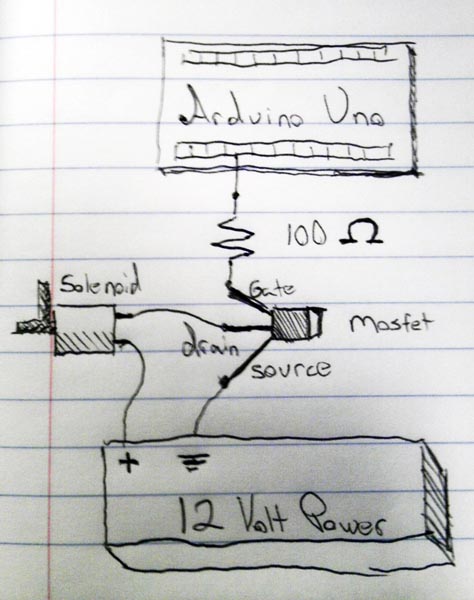
Some time ago, a captivating water display showcased by Jeep at conventions caught attention. The design appeared straightforward, prompting the decision to create a similar project. Instead of utilizing falling water, the concept involves using air bubbles that rise in water, which was perceived as a simpler approach, although doubts have since arisen regarding this choice.
The proposed project involves creating a visually engaging water display that utilizes rising air bubbles to simulate movement and create an aesthetic effect. The circuit design will focus on controlling an air pump to generate bubbles, as well as incorporating LED lights to enhance the visual appeal of the water display.
The primary components of the circuit include an air pump, a microcontroller (such as an Arduino), a power supply, and LED lights. The microcontroller will be programmed to control the operation of the air pump, regulating the timing and duration of bubble generation. A relay or transistor may be used to switch the air pump on and off, allowing for precise control.
The water display will consist of a transparent container filled with water, where the air pump will be submerged at the bottom. The air pump will be connected to a tube that directs the air into the water, creating a stream of bubbles that rise to the surface. The LED lights can be positioned around the container or integrated into the base to illuminate the bubbles as they rise, creating a captivating visual effect.
To enhance the project further, sensors can be integrated to detect the water level, ensuring that the air pump operates efficiently without running dry. Additionally, the microcontroller can be programmed to vary the bubble generation rate or change the LED colors, providing dynamic visual effects.
Overall, this project combines simple electronic components with creative design elements to produce an engaging water display that captures attention and provides an interactive experience.A while back I saw the cool water display that Jeep has been showing off at conventions, It looked simple enough so I decided to build something similar. Instead of using falling water I decided to use air bubbles rising in water. I thought it would be simpler (though, I now I have my doubts). 🔗 External reference
The proposed project involves creating a visually engaging water display that utilizes rising air bubbles to simulate movement and create an aesthetic effect. The circuit design will focus on controlling an air pump to generate bubbles, as well as incorporating LED lights to enhance the visual appeal of the water display.
The primary components of the circuit include an air pump, a microcontroller (such as an Arduino), a power supply, and LED lights. The microcontroller will be programmed to control the operation of the air pump, regulating the timing and duration of bubble generation. A relay or transistor may be used to switch the air pump on and off, allowing for precise control.
The water display will consist of a transparent container filled with water, where the air pump will be submerged at the bottom. The air pump will be connected to a tube that directs the air into the water, creating a stream of bubbles that rise to the surface. The LED lights can be positioned around the container or integrated into the base to illuminate the bubbles as they rise, creating a captivating visual effect.
To enhance the project further, sensors can be integrated to detect the water level, ensuring that the air pump operates efficiently without running dry. Additionally, the microcontroller can be programmed to vary the bubble generation rate or change the LED colors, providing dynamic visual effects.
Overall, this project combines simple electronic components with creative design elements to produce an engaging water display that captures attention and provides an interactive experience.A while back I saw the cool water display that Jeep has been showing off at conventions, It looked simple enough so I decided to build something similar. Instead of using falling water I decided to use air bubbles rising in water. I thought it would be simpler (though, I now I have my doubts). 🔗 External reference
